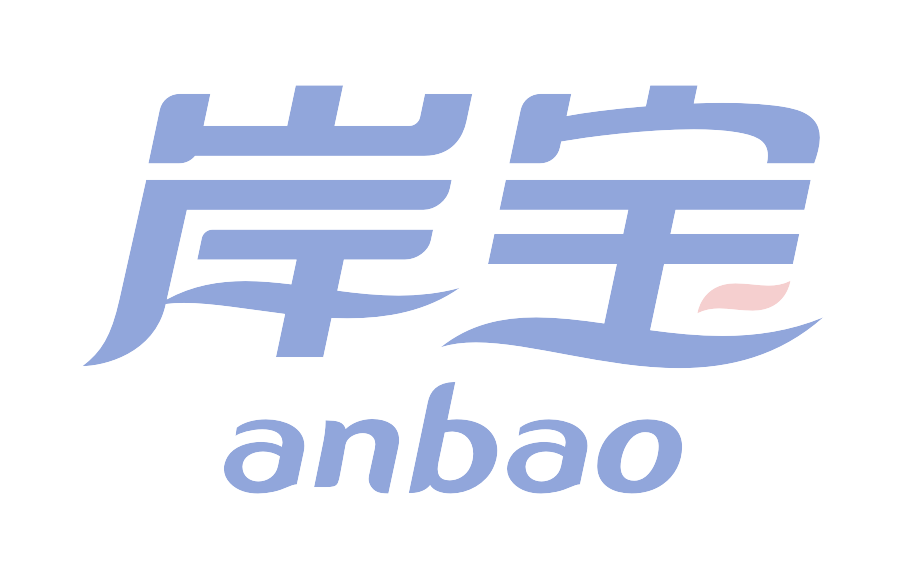Exploring the Versatility and Charm of Ice Cream Cups
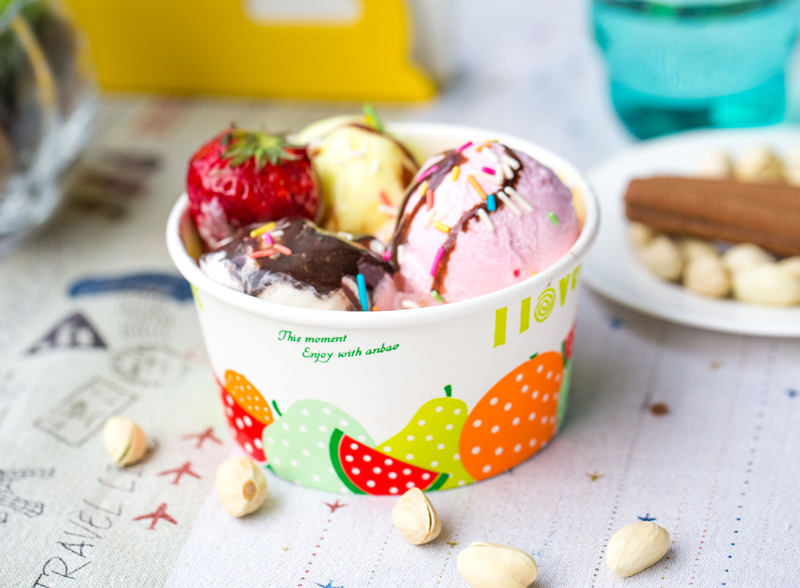
Ice cream cups have become an essential part of enjoying frozen treats, blending functionality with subtle design to enhance every bite. Unlike traditional bowls, these specialized containers are crafted to meet the unique needs of serving ice cream—whether it’s a single scoop of vanilla or a layered sundae with toppings. Their popularity stems not just […]
Single Wall Paper Cups: Material, Use Cases, and Sustainability
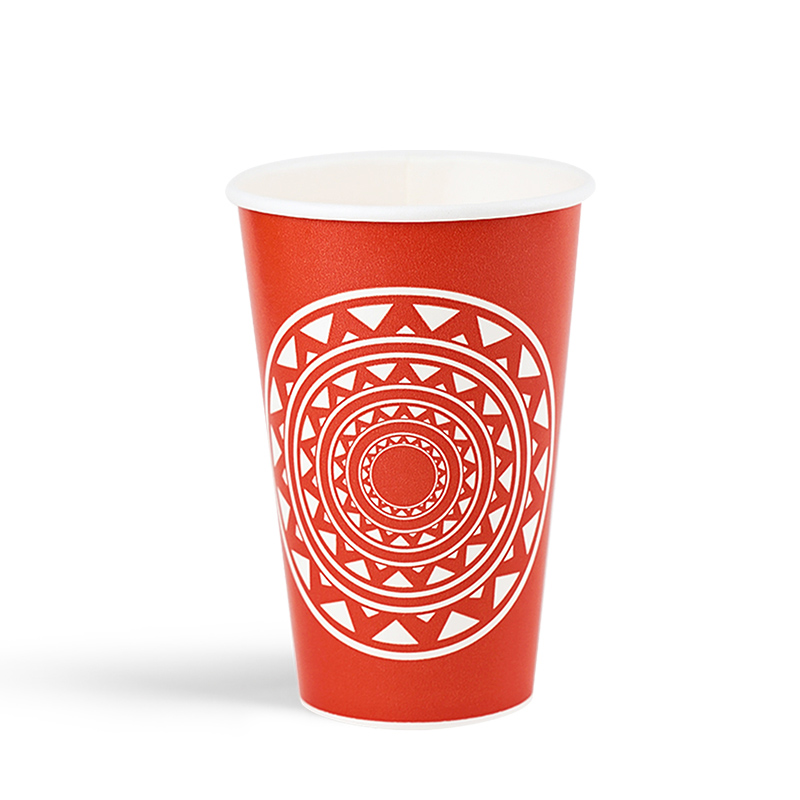
Single wall paper cups are ubiquitous in daily life, serving as convenient vessels for hot and cold beverages in cafes, offices, events, and convenience stores. Unlike double-wall or insulated cups, they feature a single layer of paper with a protective coating, balancing affordability and functionality. While often viewed as a simple disposable item, modern single […]
Paper Bowl: Pain Points Solved & Green Shifts
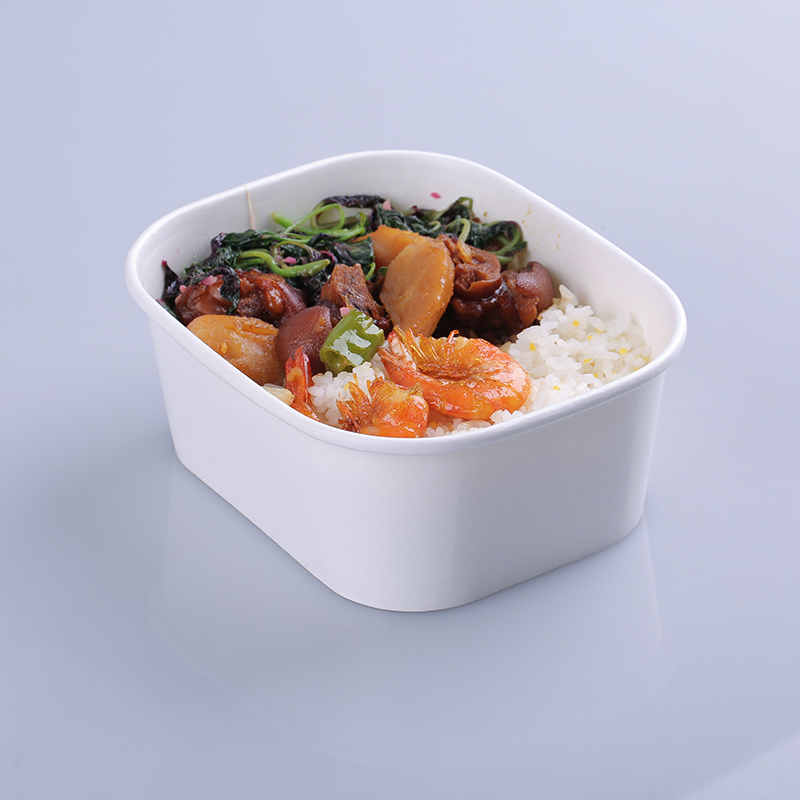
Paper bowls have become a staple in modern life, serving as versatile containers for everything from hot soups and noodles to cold salads and snacks. Unlike traditional ceramic or plastic bowls, they combine convenience with a lighter environmental footprint (when used responsibly) and adapt to diverse settings—from casual home meals to busy takeout spots and […]
Paper Cups: Material, Uses & Eco-Friendly Tips
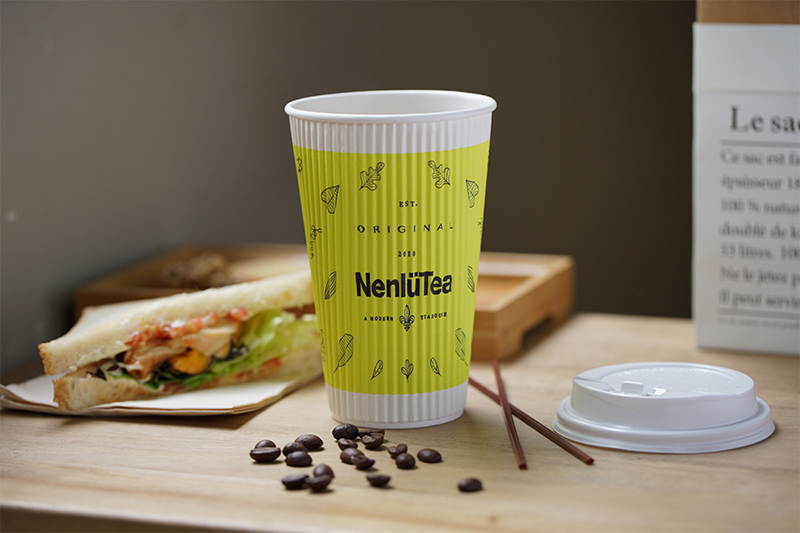
Paper cups are ubiquitous in daily life, serving as convenient vessels for beverages ranging from coffee and tea to cold smoothies and soda. Beyond their basic function of holding drinks, modern paper cups have evolved to address diverse needs—from heat retention for hot beverages to leak resistance for cold ones—while also facing growing scrutiny over […]
Plastic Bowls: Practical Choices for Daily Living
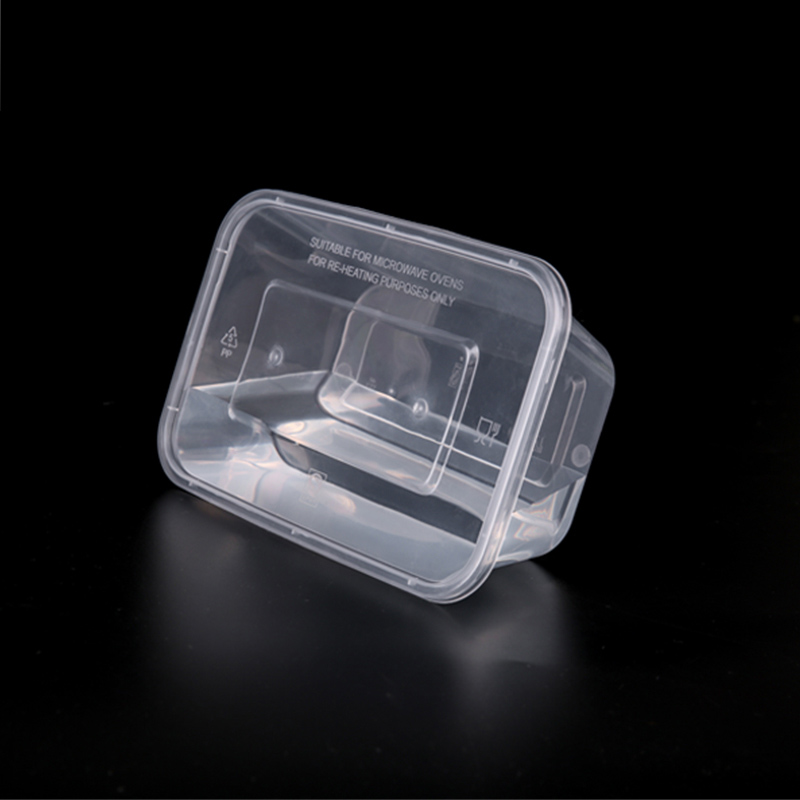
Plastic bowls have become a staple in many households, thanks to their blend of convenience, versatility, and durability that fits seamlessly into busy daily routines. Unlike more fragile alternatives, they offer unique benefits that make them suitable for a wide range of uses, from meal prep to outdoor gatherings. One of the biggest advantages of […]
Anbao wishes global customers a happy Chinese National Day and Mid Autumn Festival
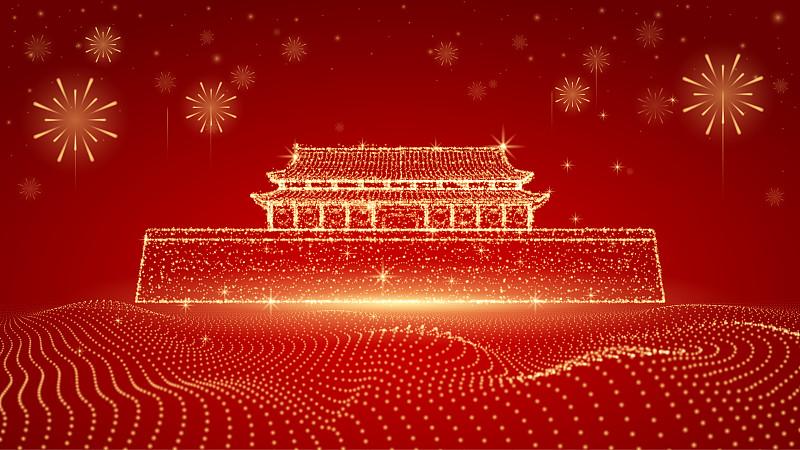
As the air turns crisp and leaves begin to glow with the colors of autumn, we at ANBAO are delighted to extend our warmest wishes to our valued global clients and partners. We are celebrating two cherished occasions: China’s National Day on October 1st and the Mid-Autumn Festival. This special time of year beautifully intertwines […]
Double Wall Paper Cups: Ideal for Hot Drinks Daily
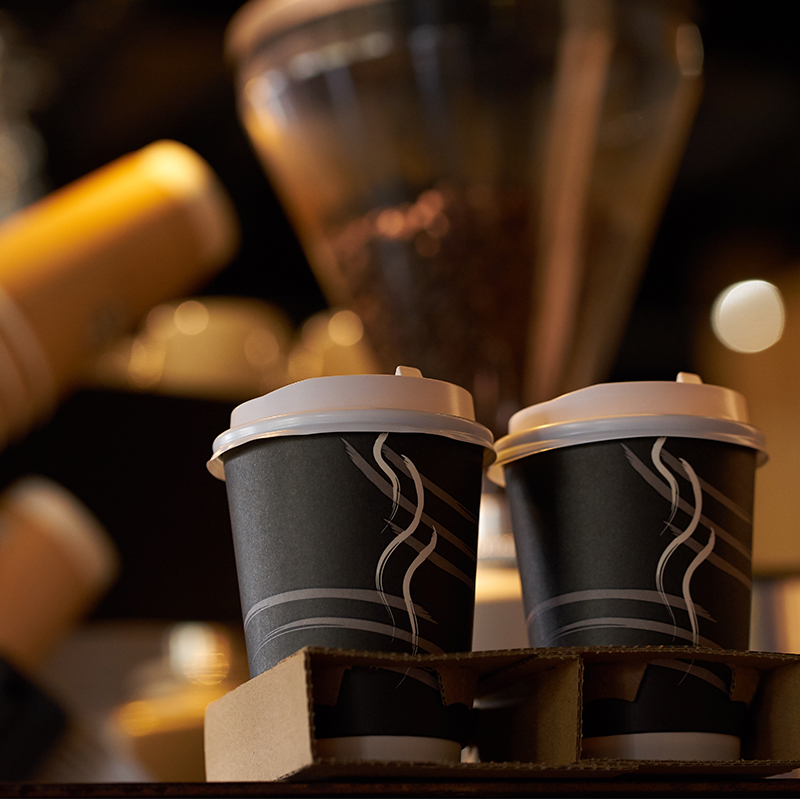
When you grab a hot drink like coffee, tea, or hot cocoa, a common hassle is a cup that’s too hot to hold. Double wall paper cups fix this problem perfectly, and they bring more benefits than just heat protection. The main reason these cups work so well is their double-layer design. There’s a small […]
Disposable Plastic Bowls: Uses and Key Benefits

Disposable plastic bowls have become a staple in homes, events, and food-related businesses, thanks to their practicality and ability to simplify food serving and cleanup. Designed to be lightweight yet functional, these bowls cater to a wide range of needs, making them a go-to choice for anyone seeking efficiency without compromising on basic performance. One […]
Paper Bowls: Eco-Conscious Uses and Smart Tips
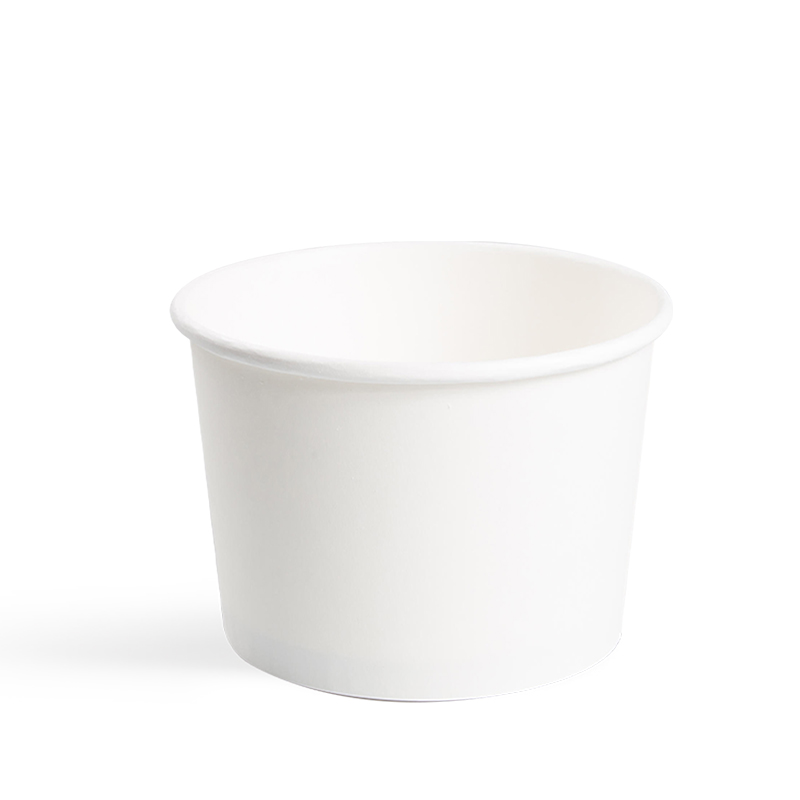
Paper bowls have evolved from basic disposable items to versatile, eco-friendly solutions for modern food service. Whether you’re meal prepping at home, hosting a casual gathering, or running a small eatery, their design and functionality make them a practical choice—without compromising on sustainability when used wisely. A key strength of paper bowls is their adaptability […]
Single Wall Paper Cups: A Practical Daily Use Guide
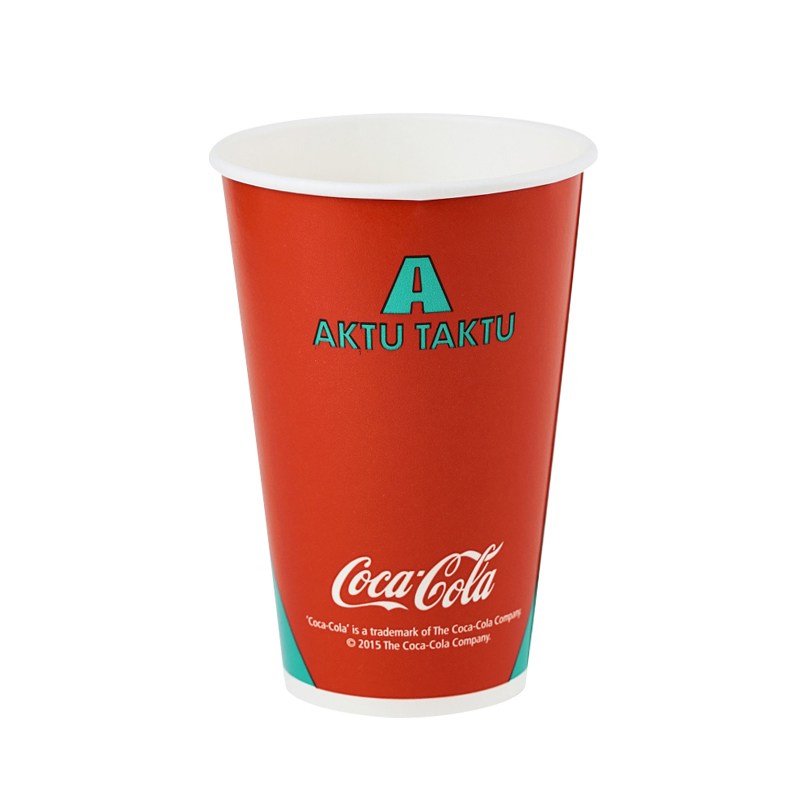
Single wall paper cups are a common sight in cafes, offices, and events, offering a simple solution for serving hot and cold drinks. Unlike double-wall alternatives, they have a single layer of paper, which shapes their unique benefits and best uses. One key advantage of single wall paper cups is their lightweight design. This makes […]
